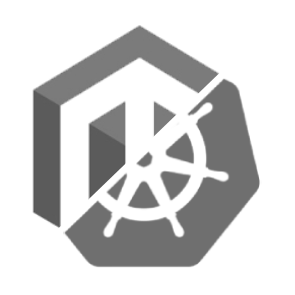Optimization
Our newly built Docker image is ready, but it's not fully optimized for production yet, as it's current size is over 1GB.
We need to make sure that our image is as small as possible, so it can be easily distributed and deployed.
Reduce number of layers
Each RUN instruction in our Dockerfile creates a new layer in the image. The more layers we have, the bigger the image will be.
Even if a file is removed in a subsequent layer, it will still be present in the image, as each layer is immutable:
# Layer 1
RUN echo "Lots of contents [...]" > /tmp/hello.txt
# Layer 2
RUN rm /tmp/hello.txtIn the example above, the file /tmp/hello.txt will still be present in the image (although not visible), even though it was removed in the second layer.
To reduce the number of layers, we can combine multiple RUN instructions into a single one:
RUN echo "Lots of contents [...]" > /tmp/hello.txt \
# Do something with the file \
&& rm /tmp/hello.txtRemove useless files
When building our image, we may have installed some packages or copied some files that are not needed in the final image.
For example, our vendor directory may contain development files that are not needed in production:
$ find vendor/ -type d \( -iname 'test' -o -iname 'tests' \) -exec du -s {} + | awk '{sum += $1} END {print sum}'
213112 # Size of the test directories in kilobytesWe have over 200MB of test files in our vendor directory. We can remove them by adding the following line to our Dockerfile.
We an also completely remove the dev directory (which is almost 80MB), but as it is versioned, the easy way is to avoid copying it in the first place, adding it to the .dockerignore file.
As mentionned before, removing them in a new RUN instruction will not reduce the size of the image, as the files will still be present in the previous layer.
Hence, we need to remove them in the same layer as the composer install command:
RUN composer install --no-dev --no-interaction --no-progress --no-suggest \
# Remove test directories
&& find vendor/ -type d \( -iname 'test' -o -iname 'tests' \) -exec rm -rf {} + \
# Remove dev directory \
&& rm -rf devWARNING
Be careful when removing files, as you may remove files that are needed in production. You should check first the list of directories / files that will be removed before running the command, or even better, remove an explicit list of directories.
Use a smaller base image
The base image we used, php:8.3.7-fpm-bookworm, is around 165MB in size.
We can use a smaller base image, such as php:8.3.7-fpm-alpine, which is around 30MB in size.
However, using a smaller base image may require some changes to our Dockerfile, as some packages may not be available in the Alpine image.
Also note that the Alpine image uses musl as its standard C library, while the Debian image uses glibc. This may cause some issues with some PHP extensions.
musl versions of pre-built extensions should be used, as for New Relic one, or the extensions should be compiled from source.
